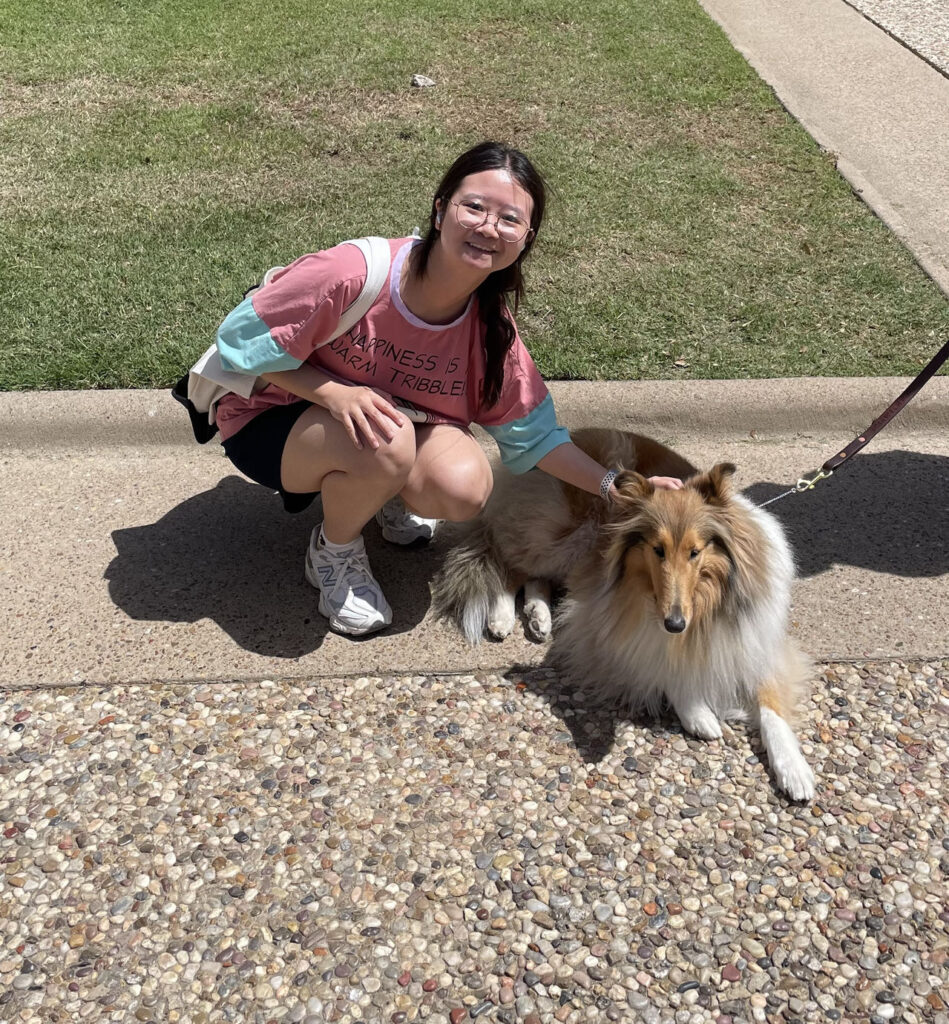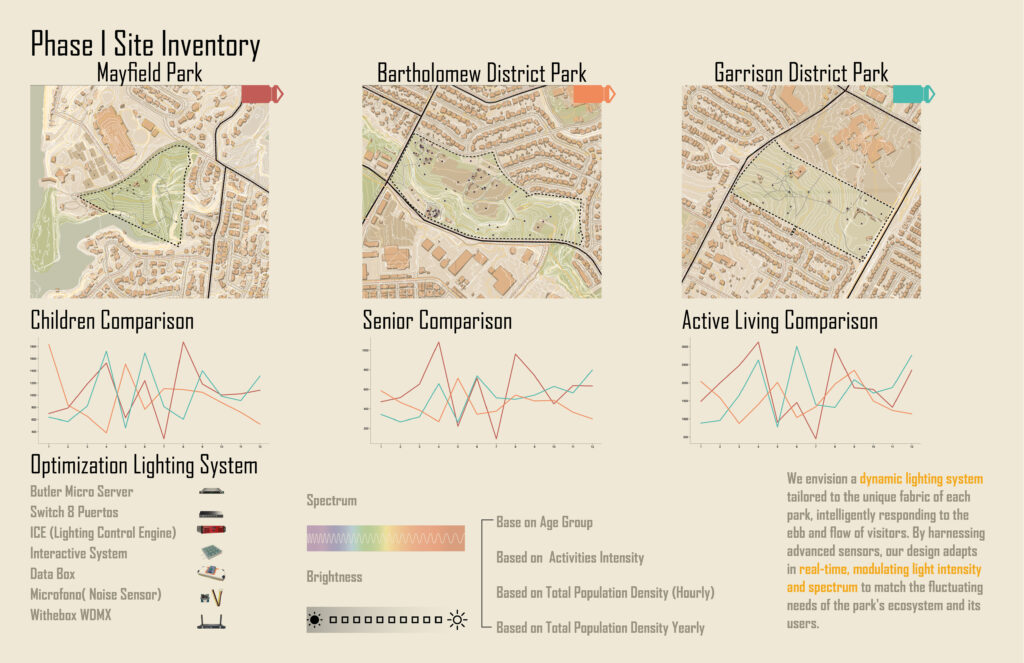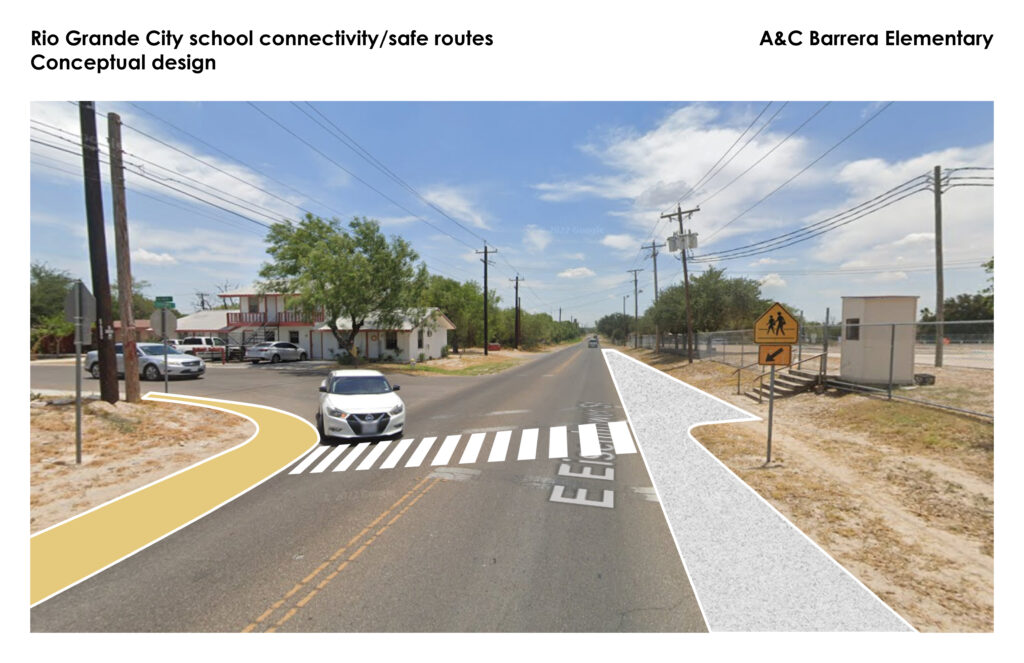
Yinglan Hao is a third year Master of Landscape Architecture (MLA) student at Texas A&M University and Graduate Assistant with WOW-E. WOW-E has been privileged to have Yinglan on the team for the past two and a half years. Yinglan is finishing her final project on park optimization for night time use and will graduate in May. She recently received a Graduate Honor Award in the Analysis and Planning category from the Texas Chapter of the American Society Landscape Architects (TXASLA) for her final project.
While working on her MLA she developed an interest in research-based design, urban design, and urban planning analysis which she focuses on in her exit project. Her exit project examines neighborhood suitability for nighttime use, a topic that she says has been somewhat neglected by existing research. She worked with her chair, Dr. Yang Song, and his PhD candidate to analyze visitor patterns through big data, tailor designs to community needs, and integrate adaptive lighting design strategies. She found that much of the existing research examining lighting and lumens focused on urban areas, largely neglecting lighting in the context of neighborhood parks. She used Austin, Texas as her community of focus as neighborhood parks are their primary type of park. She asserts that parks are an important resource for people’s health and can be underutilized if nighttime design and lighting are not thought out. If the design is purely human centric design, it will either fall into the old path of over-illumination (light pollution) and energy waste, or it will lead to a monotonous uniform lighting design that fails to achieve the goal of increasing nighttime park usage. Yinglan maintains that park practitioners and communities care more about the outcomes and pros and cons of lighting fixtures, but the existing guides’ jargon and lighting terms are not user friendly enough for them to work with. As a result of her literature review and research, Yinglan and Dr. Song are working to develop a user-friendly neighborhood lighting toolkit.



Yinglan has been instrumental in the planning and execution of WOW-E projects. She works with Dr. Sungmin Lee and Dr. Yang Song to develop project renderings to help communities visualize projects. This involves understanding all of the community engagement conducted for a project and understanding the project’s goals. Prior to working with WOW-E, Yinglan had not worked on projects with community engagement. Now in all of her designs she thinks about how people will use the space when the project is implemented. She realized that combining community engagement with data-based/research-based analysis is the best way to contribute to underserved communities. Her favorite WOW-E project to work on was renderings for the St. Eugene project in Roma, Texas. She especially enjoyed getting to design a painted place that had birds in the design. The implementation of this design made the path from the plaza to the school more pedestrian friendly while echoing the local bird watching culture.



Yinglan will continue with her studies prior to graduation and will continue to support WOW-E in the meantime. To learn more about the working on Wellness Environments program, visit wowe.tamu.edu.